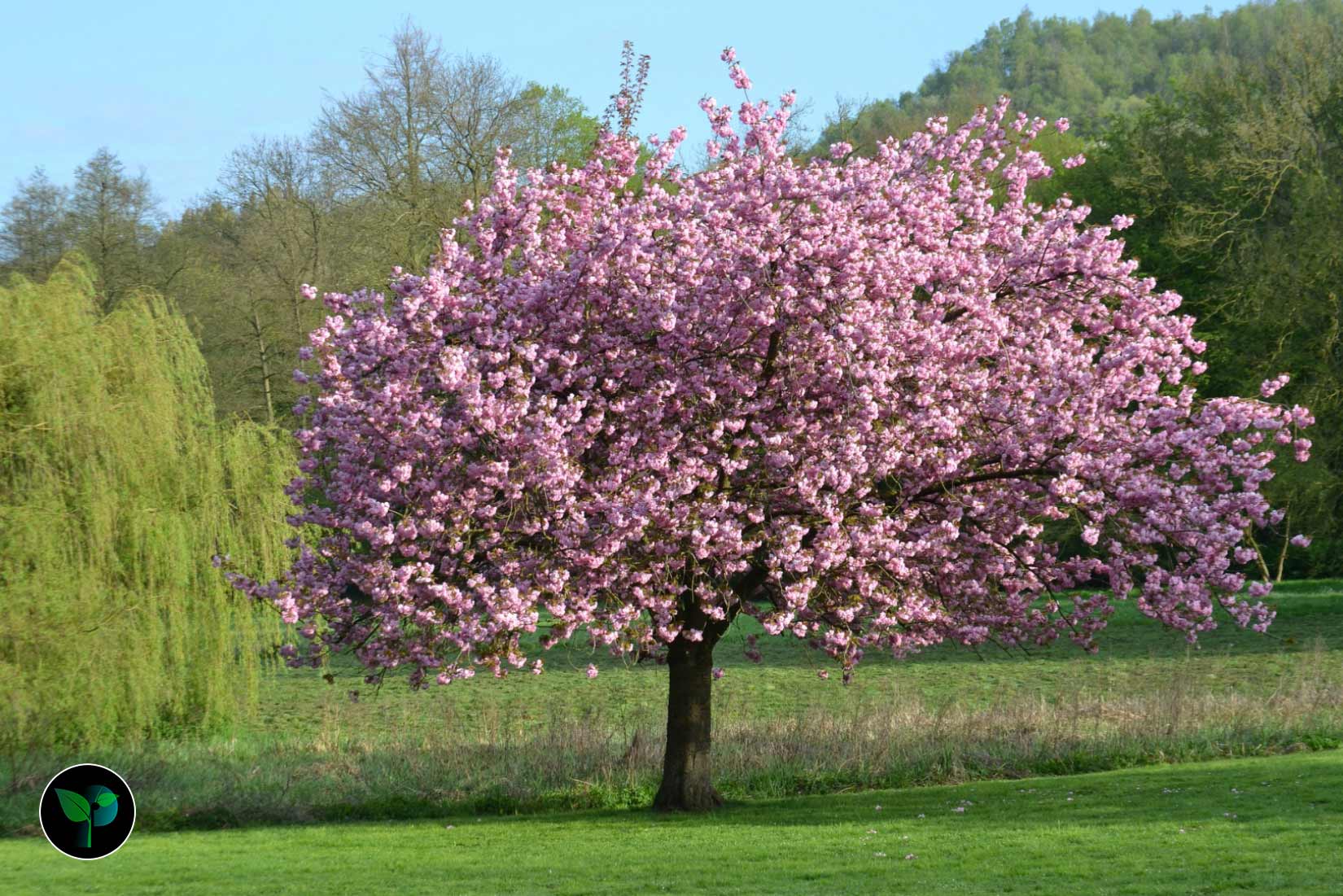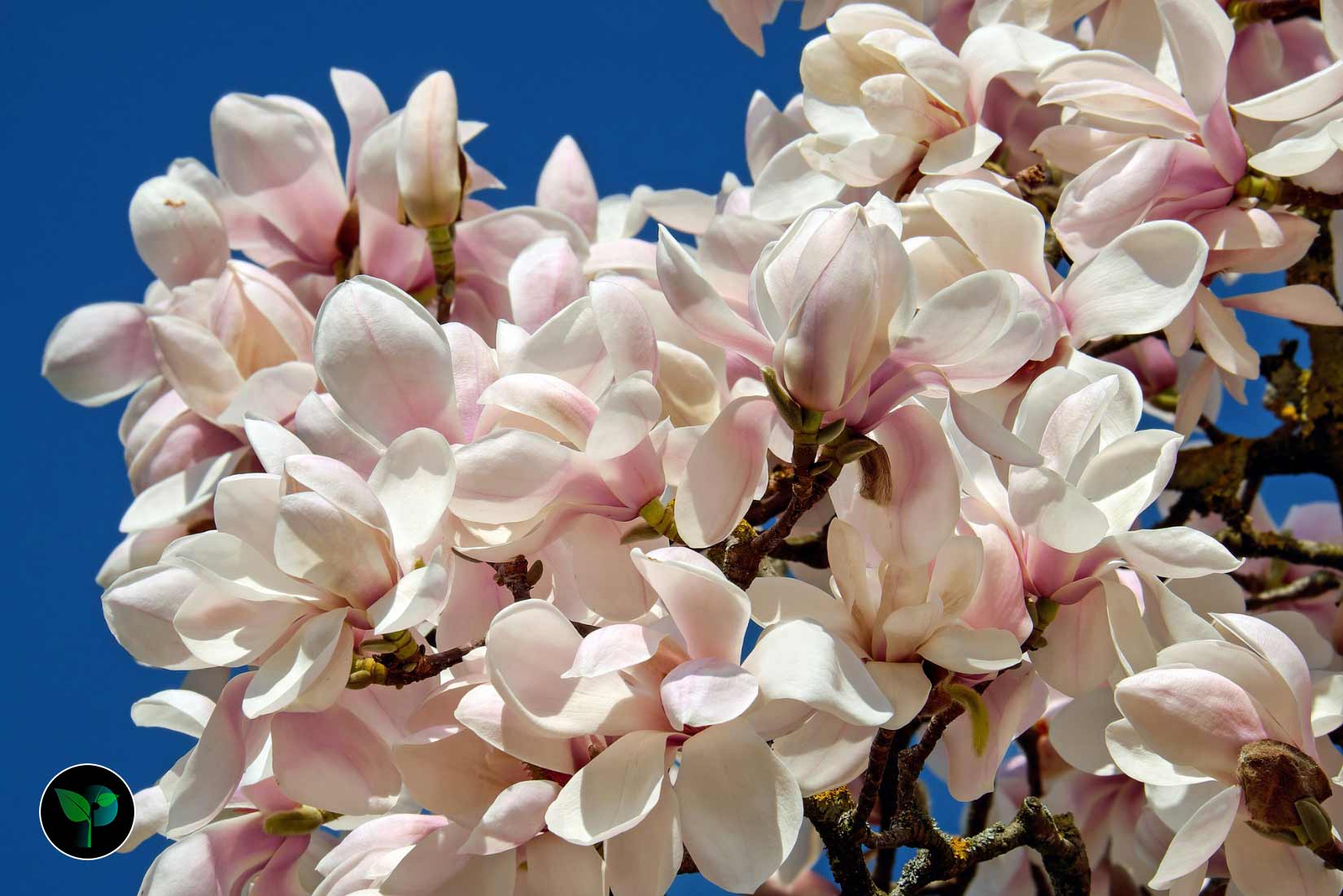Using herbal remedies can often be more cost-effective and result in fewer side effects compared to pharmaceutical drugs. These plants are often favored due to their better compatibility and natural adaptation to the human body. Their availability has been a subject of interest for both individuals and researchers in traditional medicine for a considerable period. Understanding the therapeutic characteristics of plants can significantly enhance our well-being in numerous situations. In this segment of Plants Folder, we aim to delve into the world of Magnolia herb, a highly beneficial plant, exploring its advantages, disadvantages, and application methods. Come and join the discussion!

Name and Physical Characteristics
Magnolia, which derives its name from the French physician and botanist Pierre Magnol (1638-1715), is an evergreen and ornamental plant that grows as a tree or shrub in tropical and subtropical climates. It is native to East Asia, Central Asia, and Central and South America. There are 120 different species, and it thrives in moist and neutral soil. A species of Magnolia known for its large and fragrant flowers grows in the southeastern United States, from southern Virginia to central Florida, and from west to east Texas and Oklahoma, making it a popular ornamental plant in the southeastern United States.
Magnolia flowers are large and unique, and they come in colors ranging from white, creamy, and pink, to light yellow. They have a diameter of 15 to 20 centimeters and consist of three petal-like sepals and six to seven petals. The flowering period begins in early spring and lasts for one to three months. This plant usually starts to bloom two or three years after planting. The leaves of this plant are simple, elongated, and egg-shaped, with a dark green color, and each leaf lasts for two years on the tree.
Its trunk is pyramid-shaped and has a hard and heavy texture. In its tallest state, it reaches a height of up to 27 meters and has a width of 8 meters. Its high-quality wood is used in furniture making, pallet construction, and veneers. Magnolia flowers have a scent similar to citrus blossoms. In autumn, Magnolia produces cone-shaped and crackled fruits, and when ripe, red seeds are released from them.
Magnolia produces seeds ten years after planting, and its seeds are dispersed by birds and mammals or consumed by squirrels and quails. Magnolia trees do not grow well without sufficient water because they require ample amounts of water. Additionally, they are sensitive to extreme cold, and there is a possibility of damage to them during winter. The desirable average temperature for this plant ranges from 9 to 20 degrees Celsius.
If Magnolia flowers do not receive sufficient light, they will delay their flowering time and have fewer blooms. Insufficient light can also cause the leaves to become pale and the stems to become thin. Magnolia trees usually do not require pruning, but, if necessary, you should trim the stems that have grown outside the plant are in contact with each other or have been damaged by wind and winter cold.
Properties
In traditional Chinese medicine, Magnolia bark is used to treat various diseases, including diabetes, anxiety, depression, cancer, and inflammation. Here are some of its properties:
Combatting oxidative stress and inflammation
The two main causes of chronic diseases, such as diabetes, cancer, heart disease, and neurological disorders like Alzheimer’s, are oxidative stress and inflammation. The polyphenolic compounds present in Magnolia bark are highly beneficial in treating their side effects. Honokiol, one of the compounds presents, can easily cross the blood-brain barrier, reduce inflammation in the brain and spinal cord, and play a significant role in alleviating neurological disease symptoms.
Reducing Anxiety and Stress
Since Magnolia bark extract can protect the body in many nervous conditions and maintain stability, it’s effective in the treatment and control of stress, anxiety, mood disorders, and depression. The two main compounds in Magnolia, Honokiol, and Magnolol, play a role in increasing serotonin levels in the brain and reducing corticosterone levels in the blood, both of which significantly impact anxiety, mood, and depression. Its use reduces the main stress hormone in the body, cortisol.
Anticancer Properties
Research suggests that Honokiol, found in Magnolia bark, prevents the growth of tumors in the brain, breasts, large intestine, liver, and skin. It also aids in regulating cellular signaling pathways, thus aiding in combating cancer. This compound enhances the effectiveness of anticancer drugs and radiation therapy. Another compound, Magnolol, also possesses anticancer properties and prevents tumor growth, particularly in various parts of the body, including the lungs.
Magnolia and Diabetes
Magnolia bark’s effective reduction of oxidative stress is significant because oxidative stress is one of the causes of diabetes. By consuming it, one can control blood sugar levels, prevent diabetes, or mitigate its effects.
Improving Menopausal Symptoms
Some properties of Magnolia bark, such as aiding in improving sleep and mood, can help women reduce anxiety and tension during menopause.
Other Benefits
Magnolia bark extract is effective in combating various skin bacteria, including those causing acne, making it beneficial in acne treatment. Additionally, it is very useful for skin health. The bark also improves blood flow in the circulatory system and can be used as a dietary supplement to maintain heart and mental health. Its extract can be used to eliminate bacteria causing bad breath as well.\

Contraindications
According to research on the toxicity of Honokiol and Magnolol, the two main constituents of Magnolia, these compounds are generally considered non-harmful and do not pose a significant risk to humans. The consumption of Magnolia bark extract for up to one year has not shown any adverse effects, and the risk of genetic mutation from its use is low. However, there is a possibility of interaction with certain drugs and supplements, so it’s better to be cautious and consult with a healthcare professional before use. For instance, tranquilizers or sleep aids may interact with the supplement due to its sleep-inducing properties, so it’s essential to seek medical advice before using these two compounds simultaneously.
How to Use
- To prepare the Magnolia bark supplement, following the traditional Chinese herbal medicine practice, you would first separate the bark from the tree and then dry it. Once the dried bark is ready, you can boil it and mix it with a blender to consume it orally.
- For preparing an herbal infusion, you can boil a portion of the bark or flower with a cup of water, strain it after steeping, and then enjoy it. However, it’s not recommended to consume this infusion for an extended period.



Leave a Reply